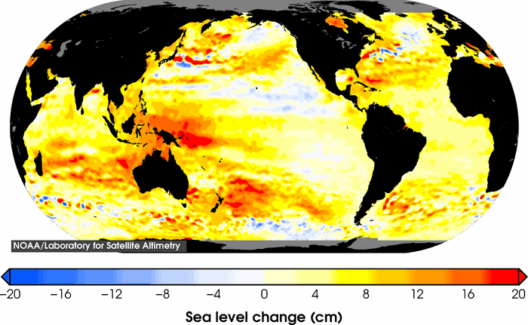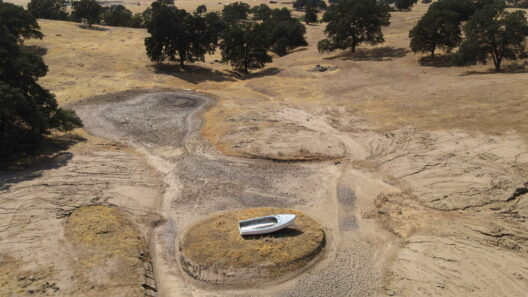Global warming, an insidious phenomenon caused by the relentless accumulation of greenhouse gases in our atmosphere, poses an existential threat to our planet. The urgency to mitigate its catastrophic effects is palpable. The question remains: how do we effectively reduce global warming? This article delves into various actions that individuals, communities, and governments can embrace to combat this nebulous danger. From personal lifestyle choices to systemic changes, let’s explore the multifaceted approach necessary to curtail climate change.
Embracing Renewable Energy: A Paradigm Shift in Power Generation
Transitioning away from fossil fuels to renewable energy sources is imperative. Solar, wind, hydroelectric, and geothermal energy offer sustainable alternatives that minimize carbon emissions. By harnessing the sun’s rays or the kinetic energy of wind, we can significantly decrease our reliance on carbon-intensive energy sources. This shift not only reduces greenhouse gas emissions but also promotes energy independence and creates economic opportunities through the green job sector.
Social policies and incentives play a pivotal role. Subsidizing renewable energy projects or providing tax breaks for solar panel installation encourages both individuals and corporations to invest in clean energy. As the technology matures and expands, the aesthetic appeal of solar panels and wind turbines can be integrated into community designs, turning them into symbols of environmental responsibility rather than eyesores.
Energy Efficiency in Our Daily Lives: Small Changes with Significant Impact
Enhancing energy efficiency can drastically diminish our carbon footprint. Simple lifestyle adjustments, when adopted en masse, can produce monumental effects. For instance, switching to LED lighting, utilizing energy-efficient appliances, and employing smart thermostats can lead to substantial reductions in energy consumption.
Insulation is another critical aspect often overlooked. Properly insulating homes not only maintains comfortable temperatures but also reduces the energy needed for heating and cooling. The aesthetic appeal of well-insulated homes can be achieved through the integration of eco-friendly materials that enhance a property’s visual charm while serving a functional purpose.
Moreover, advocating for policies that mandate energy efficiency standards in buildings can facilitate widespread change. Retrofitting older structures to meet modern standards is an investment in the future, ensuring that we create spaces that are both beautiful and sustainable.
Transportation Revolution: Rethinking Mobility Options
The transportation sector is a significant contributor to global warming, primarily due to emissions from vehicular activities. Embracing public transportation, carpooling, cycling, and walking are vital in reducing carbon outputs. Urban designs that prioritize pedestrian accessibility not only enhance community life but also curtail dependence on personal vehicles.
The allure of electric vehicles (EVs) has grown remarkably. With advances in battery technology, EVs are becoming more accessible and practical for everyday use. These vehicles dovetail well with renewable energy sources, creating a synergistic relationship that can further reduce emissions. As charging infrastructure expands, the blend of eco-friendliness and sleek design in new EV models appeals to environmentally conscious consumers.
Community programs that advocate for shared transportation initiatives can foster connectivity and camaraderie while simultaneously reducing traffic congestion and pollution. It’s a beautiful cycle of positive reinforcement—lessening our ecological footprint while enhancing social bonds.
Regenerative Agriculture: Revitalizing Earth’s Bounty
Hectares of arable land can serve as carbon sinks through the implementation of regenerative agricultural practices. Techniques such as crop rotation, permaculture, and agroforestry not only enrich the soil but also bolster biodiversity. By fostering ecosystems that work symbiotically, we can rejuvenate degraded land while sequestering atmospheric carbon.
The aesthetic appeal of thriving farms that adopt these practices can transform landscapes, turning them into verdant vistas rather than monotonous expanses of monoculture. Such farms also provide educational opportunities, showcasing sustainable practices and allowing consumers to connect with their food sources in meaningful ways.
Encouraging local food systems through farmers’ markets supports this agricultural renaissance. Reducing the carbon footprint associated with long-distance food transport is just one of many benefits. Additionally, locals often appreciate the freshness and quality of directly sourced produce, reinforcing community ties.
Advocacy and Education: Mobilizing the Collective
Raising awareness about the impacts of global warming is essential for inciting change. Citizens equipped with knowledge can become powerful advocates for environmentally friendly policies and practices. Educational institutions should prioritize climate education, nurturing a generation that is informed and passionate about conservation.
Grassroots movements can galvanize communities to take action. Demand for bold climate policies can mobilize large segments of the population, urging governments to adopt stringent measures aimed at reducing emissions. Engaging in dialogue, attending town halls, or participating in climate strikes can amplify the call for change.
In conclusion, the specter of global warming looms large, but it is not insurmountable. A multifaceted approach that encompasses renewable energy, energy efficiency, sustainable transportation, regenerative agriculture, and advocacy can collectively create a meaningful impact. Everyone has a role to play in this critical fight for our planet’s future. The beauty of the Earth is intertwined with our collective responsibility to protect it. Let us tread lightly, act decisively, and foster a harmonious relationship with our environment, ensuring that generations to come inherit a world ripe with possibilities. Each small action contributes to a larger narrative of sustainability and resilience against the relentless tide of climate change.








